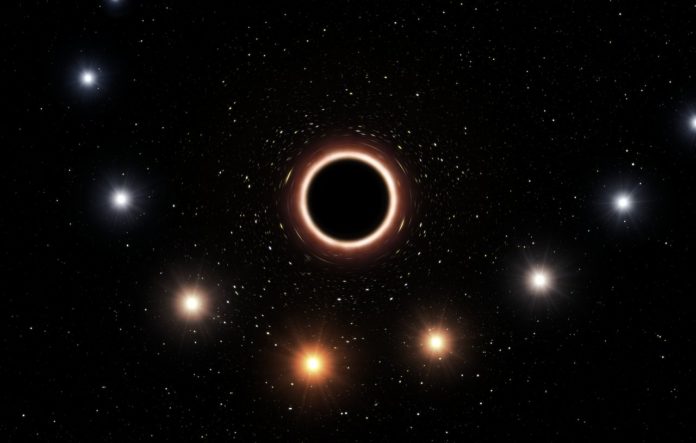or the first time, scientists have observed the impacts anticipated by Einstein’s general relativity on the movement of a star going through the extreme gravitational field close to the supermassive black hole in the center of the Milky Way. The study allowed astronomers to follow the star, called S2, as it passed near the black hole amid May 2018.
The star is located at a distance of fewer than 20 billion kilometers from the black hole, moving at a speed in excess of 25 million kilometers per hour. Using the observations made by exquisitely sensitive GRAVITY [1], SINFONI and NACO instruments on ESO’s Very Large Telescope (VLT), scientists can precisely make Newtonian predictions in excellent agreement with the predictions of general relativity.
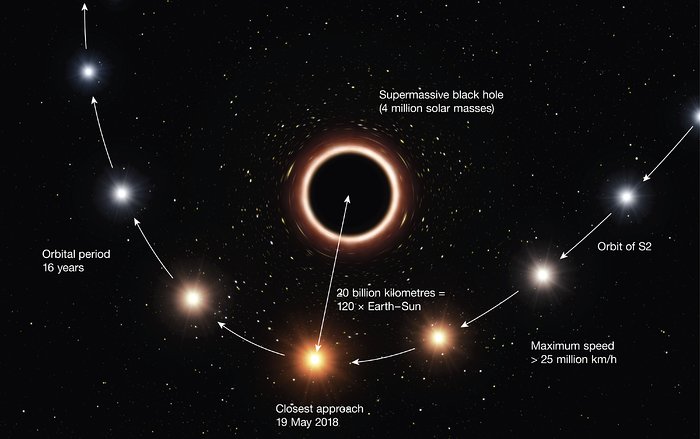
They compared the position and speed estimations from GRAVITY and SINFONI individually, alongside past observations of S2 utilizing different instruments, with the predictions of Newtonian gravity, general relativity and different hypotheses of gravity. They thus now came up with the culmination of a 26-year arrangement of perpetually exact observations of the center of the Milky Way utilizing ESO instruments.
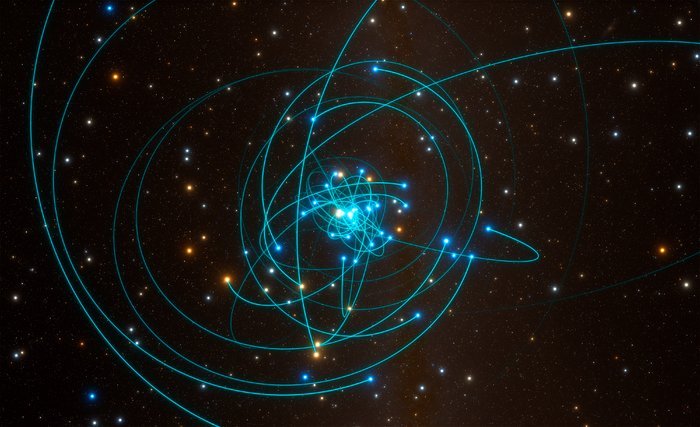
Their measurements revealed an effect called gravitational redshift. Light from the star is extended to longer wavelengths by the exceptionally solid gravitational field of the black hole. Furthermore, the adjustment in the wavelength of light from S2 concurs unequivocally with that anticipated by Einstein’s theory of general relativity. This is the first time when that this deviation from the forecasts of the simpler Newtonian theory of gravity has been seen in the movement of a star around a supermassive black hole.
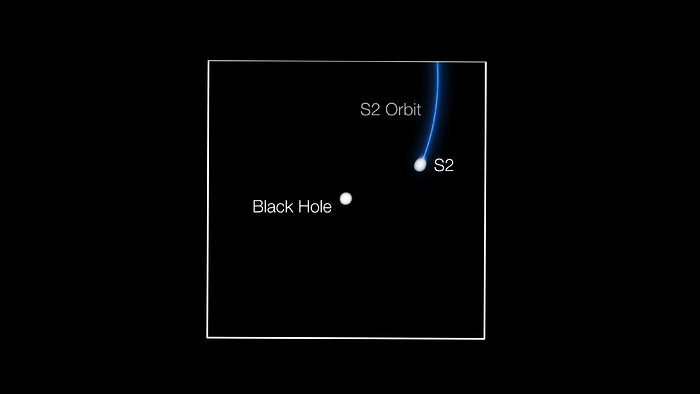
Reinhard Genzel of the Max Planck Institute for Extraterrestrial Physics (MPE) in Garching, Germany said, “This is the second time that we have observed the close passage of S2 around the black hole in our galactic center. But this time, because of much-improved instrumentation, we were able to observe the star with unprecedented resolution. We have been preparing intensely for this event over several years, as we wanted to make the most of this unique opportunity to observe general relativistic effects.”
In order to create precise measurements of the changing position of S2 in order to define the shape of its orbit, scientists used SINFONI and quantified the velocity of S2 towards and away from Earth. They also used GRAVITY instrument in the VLT Interferometer (VLTI) that unveils the motion of the star from night to night as it passes close to the black hole. his long-sought result represents the climax of a 26-year-long observation campaign using ESO’s telescopes in Chile.
Françoise Delplancke, head of the System Engineering Department at ESO, explains the significance of the observations: “Here in the Solar System, we can only test the laws of physics now and under certain circumstances. So it’s very important in astronomy to also check that those laws are still valid where the gravitational fields are very much stronger.”
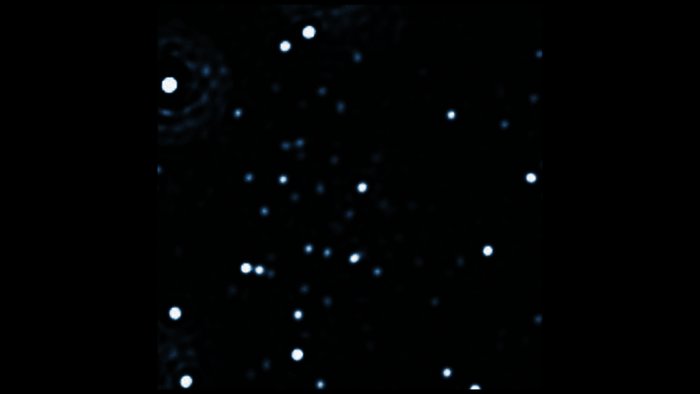
Scientists are further planning to continue their exploration in order to unveil another relativistic effect very soon.
Xavier Barcons, ESO’s Director General, concludes: “ESO has worked with Reinhard Genzel and his team and collaborators in the ESO Member States for over a quarter of a century. It was a huge challenge to develop the uniquely powerful instruments needed to make these very delicate measurements and to deploy them at the VLT in Paranal. The discovery announced today is the very exciting result of a remarkable partnership.”
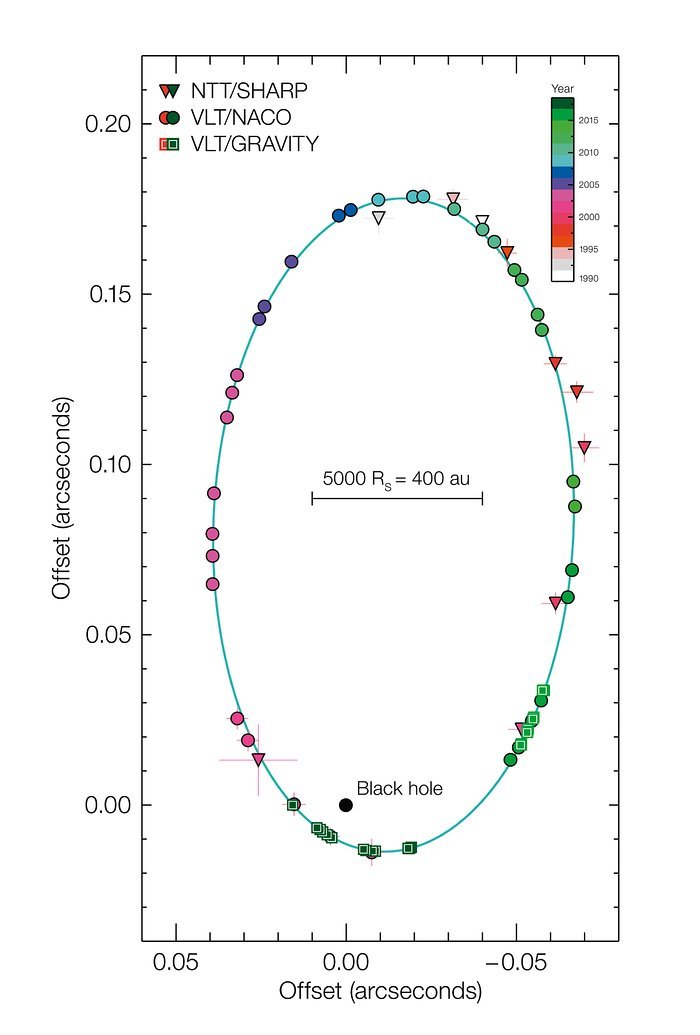
These extremely precise measurements were made by an international team led by Reinhard Genzel of the ESO.
